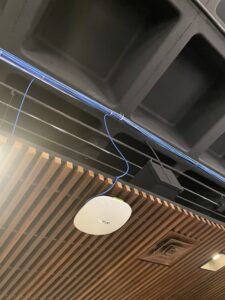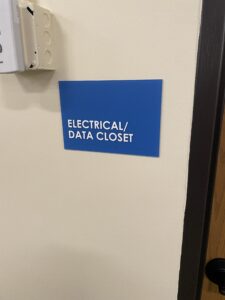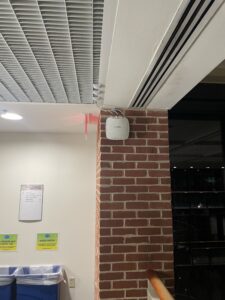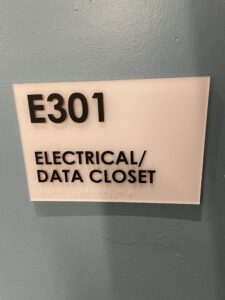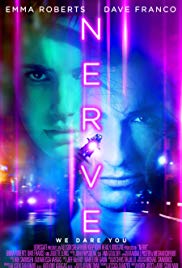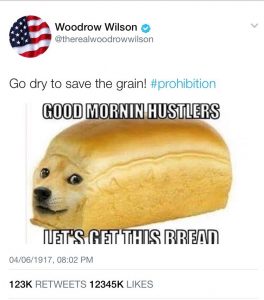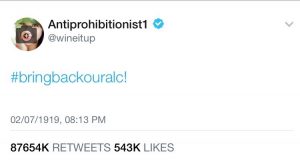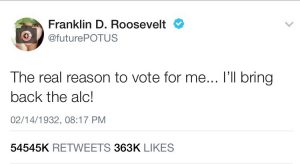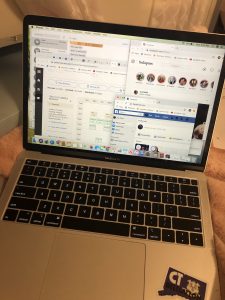Continuing to look at the use of artificial intelligence (AI) in health care, I would make an app that would allow physicians to assess someone’s pain. This would be used particularly when they’re assessing whether a patient needs pain medication. I think if this was based on a set of standardized questions or scans, rather than individual physician opinions, there would be a lot less bias. There is a history of doctors denying the pain of patients due to race or socioeconomic status, and particularly among black women. There is also a lot of research showing that black Americans in general are systematically under diagnosed and treated. Pain is a difficult symptom for not only doctors to interpret but also for patients to express so I think an AI assessment would be very beneficial and take bias out of the question.
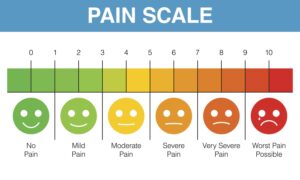
I am not entirely sure how the algorithm would work but the pain assessment would be built so that neither the patient or the doctor would be able to have any bias. The data would be solely medical-related and would gather an array of information about the pain of the patient to assess whether they need pain meds. I think by doing this, less people will be denied pain meds that they may really need. A successful platform would be one where it will do its best to avoid any bias but also ensure that a patient is receiving the care they deserve. This means that pain meds aren’t just being handed out to anyone, but also those that really need them do receive them. It will be times where a patient is assessed as experiencing more pain than they really are that the system will fail and medication may be unnecessarily prescribed, however this can hopefully be closely monitored. Also, I would expect the system to sometimes make mistakes but I think if it can even help even a few extra people receive the treatment they need, then it would be worth it. I am unsure of a lot of the details that would have to be in place for an app like this to work, but I think it could be a real game changer in the field of medicine.

